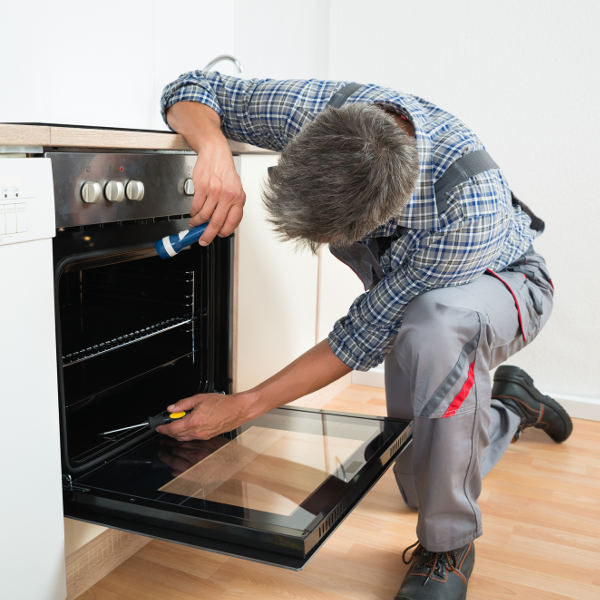Few things are as frustrating as preparing for dinner, only to realize your oven just won’t heat up. This problem can throw off your entire day, whether you’re baking, roasting, or simply reheating leftovers. Fortunately, many oven heating issues can be fixed at home, with a bit of patience and the right know-how. Let’s break down the most common causes and practical solutions for an oven that refuses to get hot.
Understanding the Basics: How an Oven Heats Up
Electric vs Gas Ovens – What’s the Difference?
Before you grab your toolkit, it’s important to know what kind of oven you’re dealing with. Electric ovens use heating elements, while gas ovens rely on igniters and gas burners. Knowing the difference helps you troubleshoot accurately.
Common Signs Your Oven Isn’t Heating
- Oven stays cold after being switched on
- Food takes much longer to cook than usual
- Oven light is on, but no heat is generated
- Error codes displayed (on digital models)
Safety First: Precautions Before Repair
Essential Safety Measures
- Always unplug the oven or turn off the gas supply before starting any repairs.
- Allow the appliance to cool completely.
- Keep a fire extinguisher nearby, just in case.
Tip: If you smell gas, stop immediately and ventilate the area. Contact a professional technician right away—don’t try to fix it yourself.
Diagnosing the Problem: Why Won’t My Oven Heat Up?
Most Common Causes and Quick Fixes
1. Faulty Heating Element (Electric Ovens)
Symptoms: The oven’s top or bottom stays cold, or heats unevenly.
Solution:
- Unplug the oven.
- Remove the heating element and inspect it for signs of visible damage or breaks.
- Replace with a new element if it looks worn out or burned.
2. Defective Igniter (Gas Ovens)
Symptoms: The oven doesn’t ignite, or it clicks repeatedly.
Solution:
- Locate the igniter, usually at the bottom of the oven.
- If it doesn’t glow, it likely needs replacing.
- Carefully remove and replace with a compatible igniter.
3. Tripped Circuit Breaker or Blown Fuse
Symptoms: Oven has no power at all.
Solution:
- Check your home’s electrical panel.
- Reset the circuit breaker or replace the fuse as needed.
4. Malfunctioning Thermostat
Symptoms: Oven doesn’t reach the set temperature or overheats.
Solution:
- Test the thermostat with an oven thermometer.
- Replace it if readings are inconsistent with the oven’s settings.
5. Broken Control Board
Symptoms: Digital ovens won’t start or display error codes.
Solution:
- Unplug the oven.
- Look for burn marks or obvious damage on the control board.
- Consider professional replacement—it’s a complex part.
Step-by-Step Troubleshooting Guide
Easy Fixes You Can Try at Home
Step 1: Check the Power Supply
Sometimes the simplest answer is the right one. Ensure the oven is plugged in and that the outlet works (try plugging in another device).
Step 2: Inspect the Door Seal
If the oven door doesn’t close tightly, heat can escape, making it seem like the oven isn’t working. Replace damaged seals to improve performance.
Step 3: Clean the Oven
Grease and debris can interfere with sensors or burners. A thorough cleaning can sometimes resolve heating issues.
When to Call a Professional
Signs It’s Time for Expert Help
- Persistent electrical issues
- Gas smell or visible gas leaks
- Complicated internal part replacements
Trying to repair certain problems yourself may void your warranty or cause more harm than good. When in doubt, reach out to a certified appliance technician.
Maintenance Tips to Prevent Future Problems
Keeping Your Oven in Top Shape
- Clean regularly, especially around elements and igniters.
- Check seals and hinges every few months.
- Test the thermostat once a year.
- Avoid slamming the oven door.
Conclusion:
An oven that won’t heat up doesn’t have to spell disaster. By methodically checking each component and staying safe, many common problems can be solved at home. Remember, sometimes even the best DIY efforts need a professional touch. With a bit of care and timely maintenance, your oven can stay hot and reliable for years to come.

